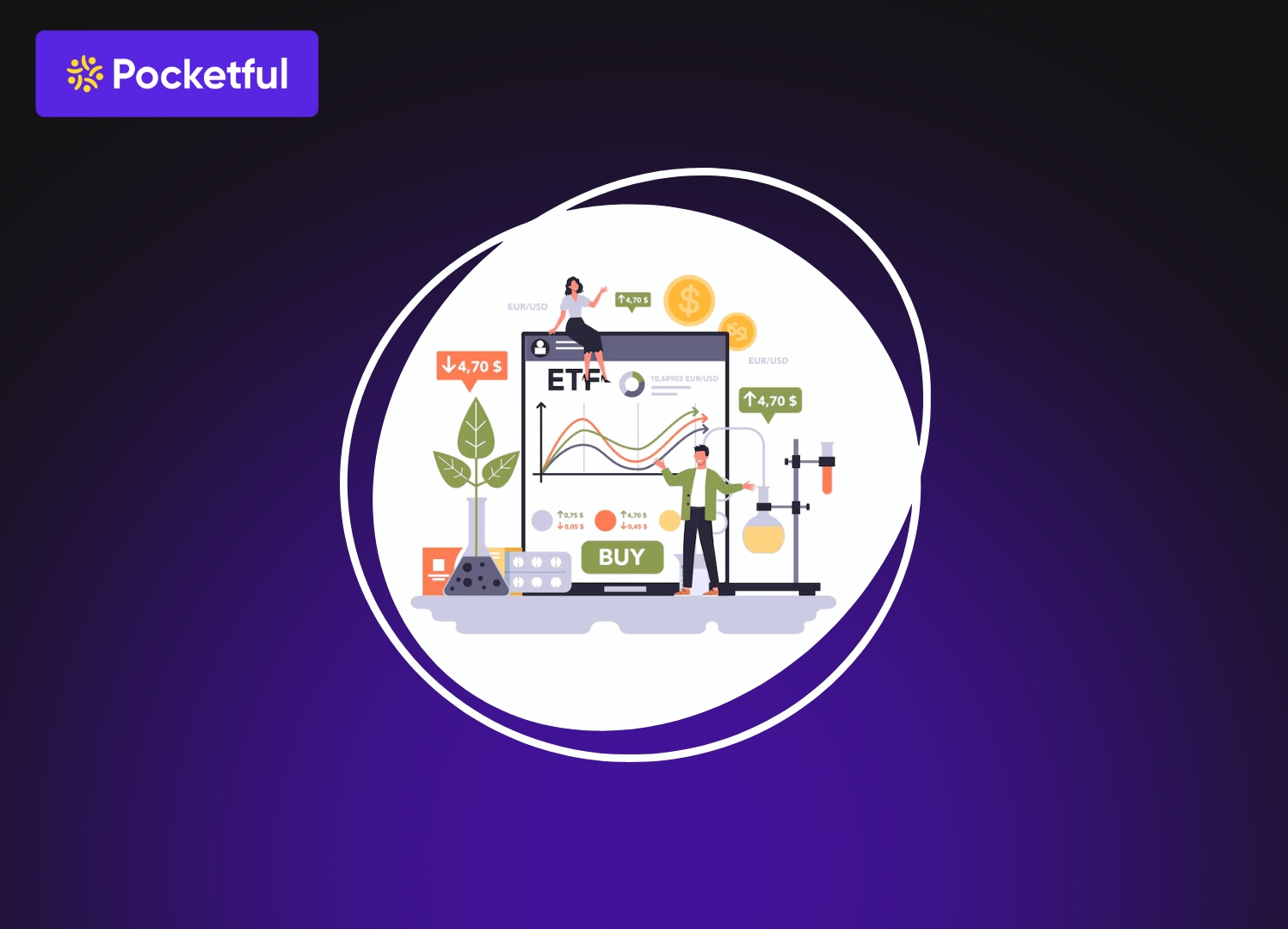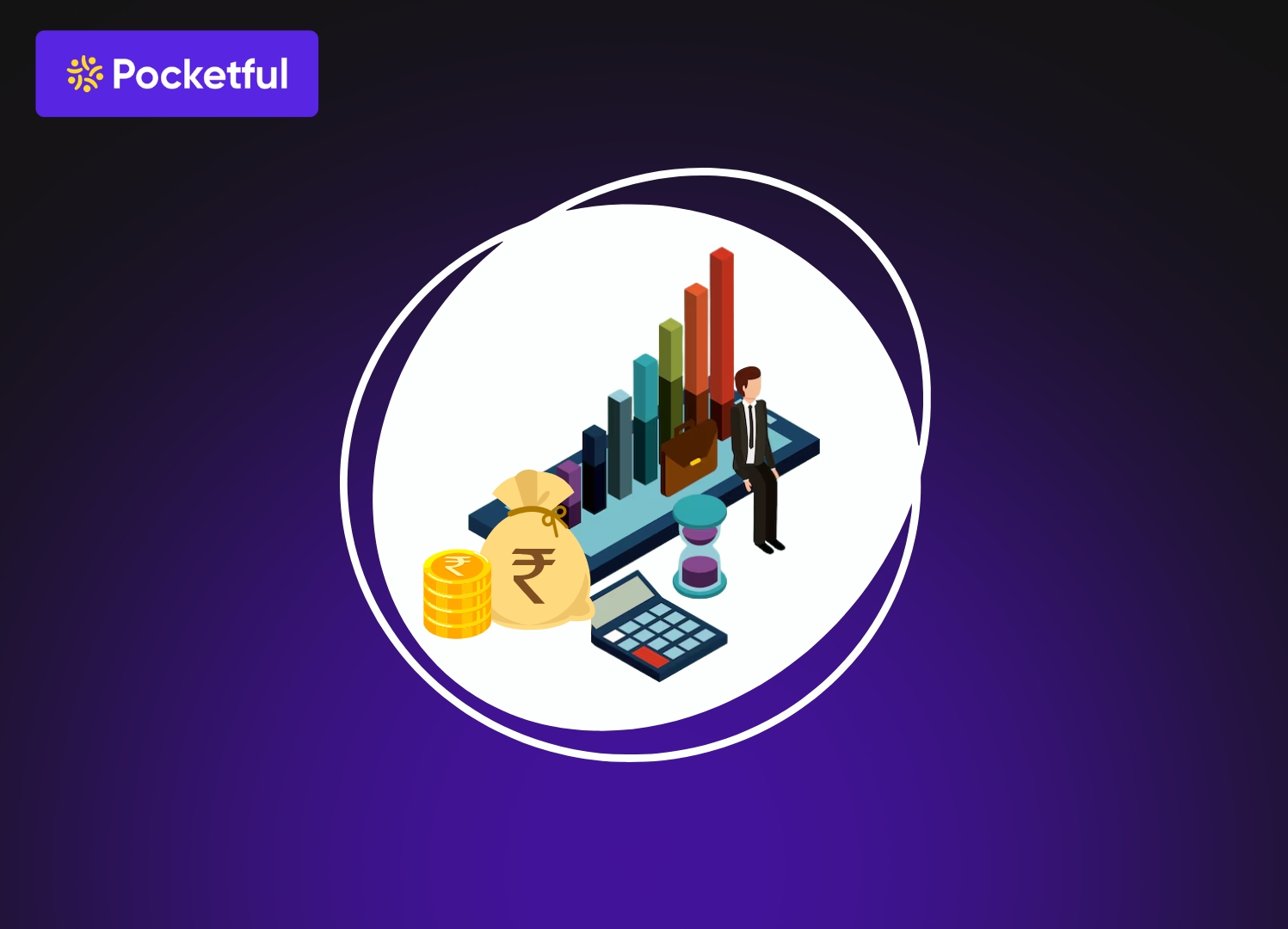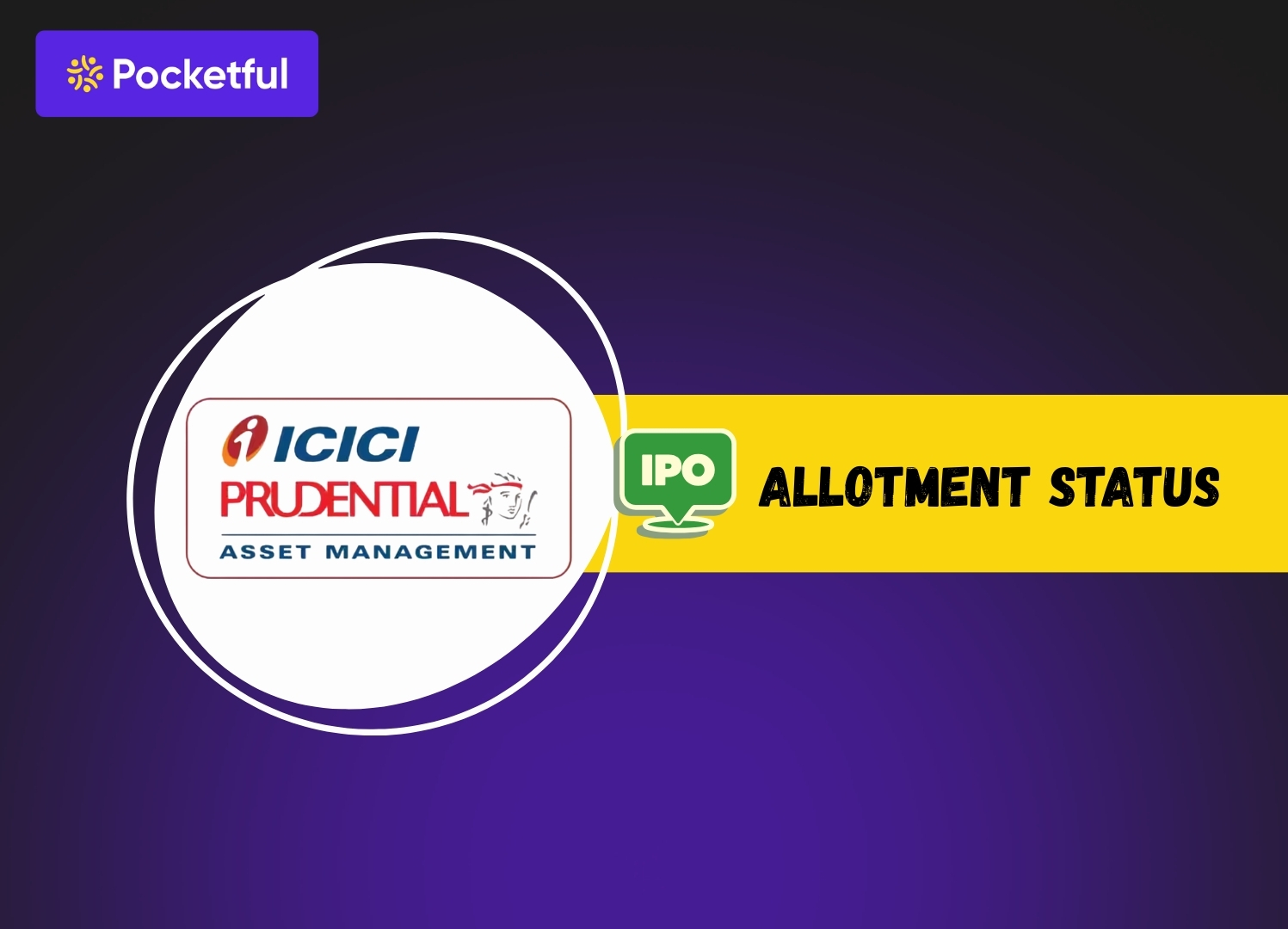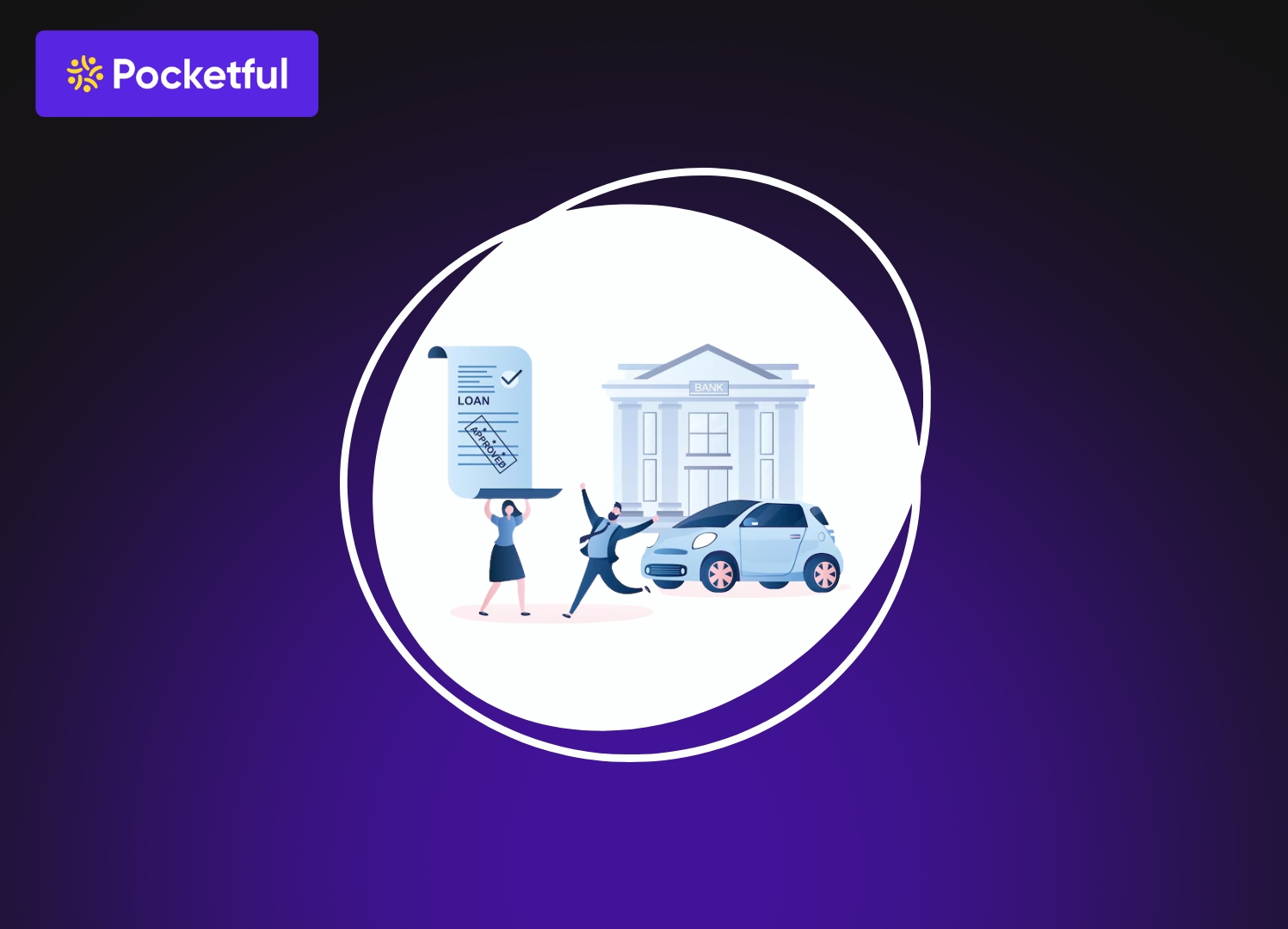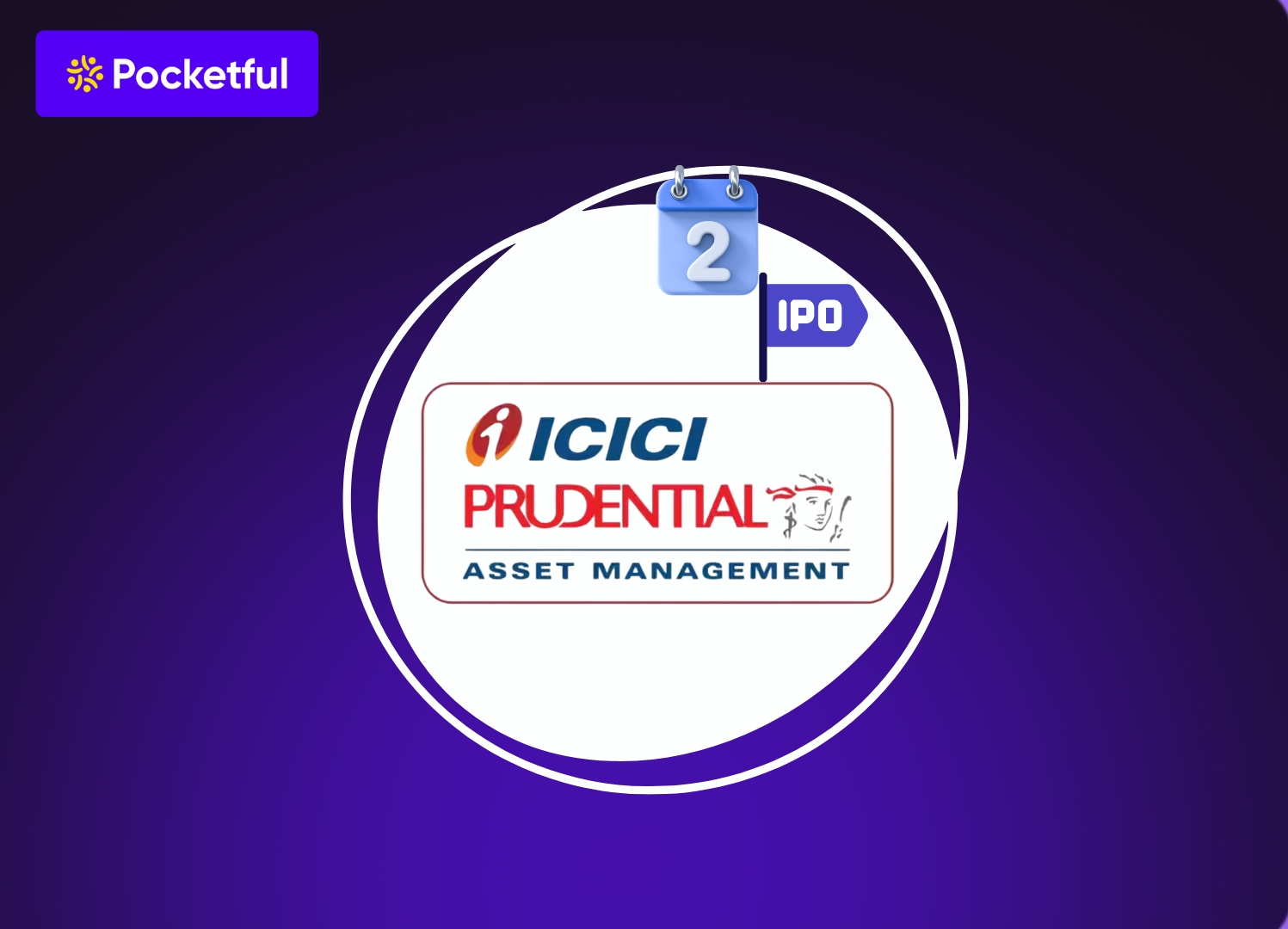Investing is no longer about making one big move at the right time. For many, it’s about being consistent. That’s where the idea of SIP in ETF comes in. It allows you to invest small amounts regularly in Exchange Traded Funds, just like you do in mutual funds. Over time, this habit helps you build wealth without worrying too much about market ups and downs.
Unlike traditional mutual fund SIPs, ETF SIP give you more control and transparency, as you directly invest in funds that track market indices like Nifty or Sensex. It’s simple, disciplined, and suits those who prefer long-term investing with a cost-effective approach.
But the question is, how can you do the same? Well, read this guide to know everything you need to know about the SIP in ETF and plan better.
What Is SIP in ETF?
A Systematic Investment Plan (SIP) in an ETF is a simple and consistent way to invest a fixed amount at regular intervals in Exchange Traded Funds. It helps investors build wealth gradually. This is mainly done by spreading their investments over time instead of making a lump sum purchase.
Through SIP in an ETF, you buy small units of an index-based fund like Nifty 50 or Sensex every month. This approach encourages discipline, reduces the impact of market volatility, and supports long-term wealth creation.
SIP in ETF: How to Get Started
Starting a SIP in ETF is simple once you know the process. Since ETFs trade like shares on the stock exchange, you’ll need a few basic things before you begin. Here’s how you can start your ETF SIP step by step.
1. Open a Demat and Trading Account
To invest in SIP ETF, you need an active Demat and trading account with a registered broker. This account will hold your ETF units and help you buy or sell them directly on the exchange.
2. Choose the ETF
Select an Exchange Traded Fund that matches your goal. You can pick from index-based options like Nifty 50, Sensex, or thematic ETFs. This will be based on your risk appetite and time horizon.
3. Decide the SIP Amount and Interval
Fix a comfortable monthly investment amount for your SIP in ETF. Most investors prefer a monthly cycle, but you can also choose daily, weekly & quarterly depending on your budget.
4. Set a Reminder or Use Broker Tools
As most platforms don’t have an automatic SIP feature for ETFs, you can set reminders or use your broker’s automation tool to buy units on a fixed date every month.
5. Track Your Investment
Keep an eye on your ETF SIP performance. Ensure to track them regularly and make changes in the portfolio to ensure you gain good returns.
Read Also: How to Invest in ETFs in India – A Beginner’s Guide
Benefits of SIP in ETF
A SIP in ETF combines the advantages of systematic investing with the transparency of exchange-traded funds. Some of the key benefits that you must know are as follows:
1. Promotes Consistent Investing
Investing through a SIP in ETF helps you stay disciplined. This allows you to invest a fixed amount at regular intervals. This habit eliminates the emotional decisions for better returns.
2. Lower Cost of Investing
ETFs generally have a lower expense ratio. With a SIP ETF, you benefit from lower fees. This means a larger amount is invested to grow, and you still gain exposure to a diversified portfolio.
3. Diversified Portfolio
A single ETF can track a market index like Nifty 50, Sensex, or Nifty Next 50. This gives you access to multiple companies in one go. This reduces the risk of investing in individual stocks.
4. Rupee Cost Averaging
When you invest the same amount regularly, you buy more units when prices are low and fewer when they are high. This helps to average out the cost and you can earn better returns.
5. High Liquidity and Transparency
ETFs trade on the stock exchange just like shares. You can buy or sell them anytime during market hours, and you always know the price you’re paying. This gives SIP in ETF high flexibility and transparency.
Limitations of SIP in ETF
While ETF SIP offers many advantages, it also has some practical challenges that investors should consider before starting.
1. No Automatic SIP Facility
Most brokers do not offer an automatic SIP option for ETFs. You either need to buy units manually every month or use your broker’s automation tools, if available.
2. Need for Demat and Trading Account
To start a SIP in an ETF, you must open a Demat and trading account. For new investors, this adds an extra step compared to traditional mutual fund SIPs.
3. Market Price Fluctuation
ETF prices move throughout the day based on demand and supply. This can slightly impact the cost of your investment each time you buy units.
4. Tracking Error
The performance of an ETF might not perfectly match its underlying index. Factors like fund management costs and cash holdings can create a small deviation called tracking error.
5. Limited ETF Options in India
The Indian ETF market is still developing. As a result, investors may find fewer thematic or sector-specific ETF choices compared to mutual funds.
Read Also: Mutual Fund vs ETF. Are They Same Or Different?
Popular ETFs for SIP in India
If you plan to start a SIP in an ETF, choosing the right fund is important. The best ETFs offer high liquidity, low tracking error, and a proven record of tracking their underlying index efficiently. Here are some of the top ETF SIP options you can consider in India for 2025.
1. Nippon India Nifty BeES
This is one of the oldest and most popular ETFs in India. It tracks the Nifty 50 Index and offers a low expense ratio with good liquidity. Ideal for beginners looking to invest in large-cap companies through a disciplined SIP approach.
2. SBI ETF Sensex
Backed by SBI Mutual Fund, this ETF mirrors the BSE Sensex Index. It’s known for stability, tight tracking accuracy, and consistent returns. A SIP in an ETF like this suits investors who prefer blue-chip exposure.
3. HDFC Nifty Next 50 ETF
This ETF focuses on companies ranked between 51 and 100 on the NSE. It provides a chance to invest in India’s potential future large-caps. A SIP ETF in this fund can add growth potential to your portfolio.
4. ICICI Prudential Nifty Bank ETF
For those interested in the banking sector, this ETF tracks the Nifty Bank Index. A SIP in ETF here allows investors to benefit from the performance of top Indian banks.
5. UTI Nifty 50 ETF
Managed by UTI Mutual Fund, this ETF offers wide market exposure and low tracking error. It’s a strong option for long-term investors who want steady growth through an ETF SIP.
Common Challenges in SIP in ETF
While SIP in ETF offers structure and affordability, it also has some hurdles that investors should know before starting. These challenges can affect convenience and returns if not managed properly.
1. Manual SIP Setup
Unlike mutual funds, there is no automatic SIP option for ETFs on most exchanges. Hence, you would need to set reminders to ensure you make the payments on time.
2. Price Fluctuations
ETFs are traded throughout the day, so the buying price keeps changing. This can slightly impact the cost per unit each month in your ETF SIP.
3. Tracking Error
An ETF may not always perfectly match the returns of its benchmark index. Small differences, known as tracking errors, can affect overall returns.
4. Demat Account Requirement
You cannot start a SIP ETF without a Demat and trading account. This adds an additional step for beginners.
5. Limited ETF Categories
Although ETF options are growing in India, they are still fewer than mutual funds. This restricts diversification across themes and sectors.
Read Also: SIP in Stocks vs SIP in Mutual funds?
Is SIP in ETF Safe?
Yes, SIP in an ETF is generally safe. This is when you invest in reputed ETFs that track well-known indices like Nifty 50 or Sensex. Since ETFs represent a basket of stocks, the risk is diversified. But still, the returns and performance are market-linked. So, there is no certainty. Staying invested for the long term and maintaining consistency helps reduce short-term volatility risk.
Conclusion
A SIP in ETF is a practical way to invest regularly in India’s top market indices. Through this, you can generate wealth and build a good corpus over time. But to ensure this, you need to plan well and invest in a systematic manner.
If you’re planning to begin your journey, take small steps and stay consistent. Learn more about smart investing with Pocketful and make every investment an informed one.
Frequently Asked Questions (FAQs)
Can I start a SIP in an ETF without a broker?
No, a Demat and trading account with a registered broker is required to invest in ETFs.
Are ETFs suitable for short-term SIPs?
No, SIP in ETF works best for long-term goals, usually beyond three years, to benefit from market averaging.
Do ETFs pay dividends to SIP investors?
Yes, if the ETF distributes dividends, investors receive them in proportion to their holdings.
Can SIP in ETF be paused or changed anytime?
Yes, since most SIPs in ETFs are manual, you can adjust or skip purchases at your convenience.
Is it better to start SIP in index ETFs or sector ETFs?
For beginners, index-based ETFs like Nifty 50 or Sensex are safer. Sector ETFs carry higher risk due to limited diversification.
